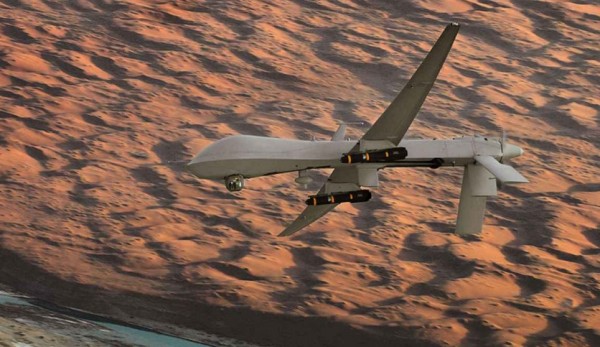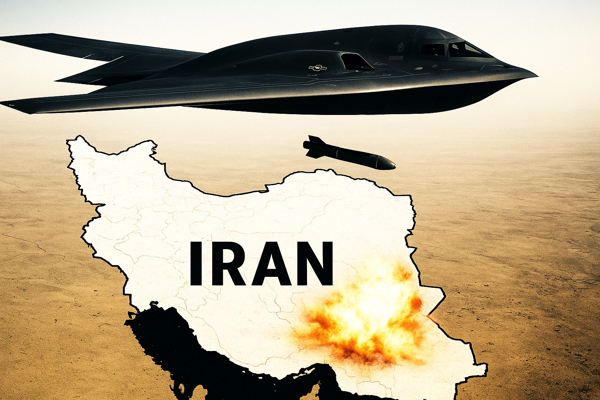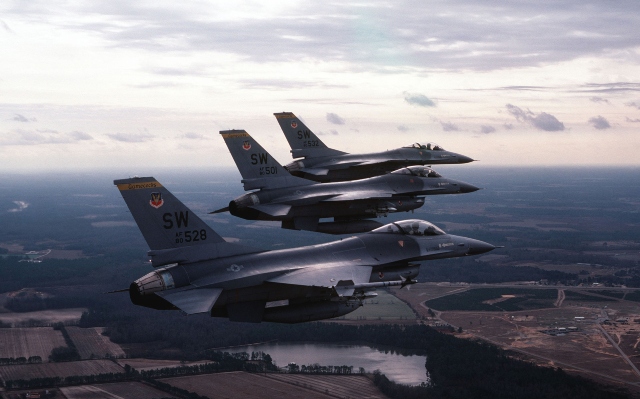
Mojave drone can take off and land on unpaved surfaces
Gun pods like the DAP-6 represent just one aspect of Mojave's versatile armament options. With three hard points under each wing, the drone has showcased its capacity to carry a variety of weapons, including AGM-114 Hellfires and AGM-179 Joint Air-to-Ground Missiles (JAGM). Since its public unveiling in 2021, GA-ASI has highlighted Mojave's ability to carry up to 16 Hellfires simultaneously, further underscoring its potent combat capabilities. Last August, the Mojave drone successfully took off and landed on a dirt strip in El Mirage, California, expanding the drone's operational capabilities. The tests demonstrated Mojave's ability to take off and land on unpaved surfaces, distinguishing it from conventional fixed-wing aircraft that rely on established runways. This capability allows the drone to operate from various remote, semi-improved areas while being piloted from a standard ground control station or control laptop system. GA-ASI, which began its UAS journey 25 years ago with the MQ-1 Predator drone, has since introduced advanced versions like the MQ-9 Reaper and MQ-1C Gray Eagle. Its fleet of drones boasts over 7 million operational hours, many of which were in combat. The recent flying tests marked Mojave's inaugural Short Takeoff and Landing (STOL) on a dirt surface. Short takeoffs were achieved in as little as 586 feet, with harsh landings completed in as low as 335 feet. These tests primarily aimed to gather terrain inputs utilizing Mojave, rather than achieving the shortest feasible lengths. According to GA-ASI, this enhanced capability increases the aircraft's adaptability, allowing it to operate in previously deemed unsuitable locations for UAS missions. David R. Alexander, president of GA-ASI, emphasized Mojave's advantages in endurance and persistence over Vertical Takeoff and Landing (VTOL) and human-crewed aircraft. Watch footage of an American drone downed over Saada. This video is from the channel The Prisoner on Brighteon.com.More related stories:
Emergency alerts issued on NATO territory following Russian drone attacks U.S. destroyer intercepts drone, missile attacks launched by Houthi rebels toward Israel Russian schoolchildren are learning drone technology while U.S. students focus on “gender ideology” Sources include: TWZ.com InterestingEngineering.com Brighteon.comI am a Jewish student at Columbia. Don’t believe what you’re being told about ‘campus antisemitism’
By News Editors // Share
Actual collusion? Missouri AG accuses Biden DOJ of coordinating with Trump prosecutors
By News Editors // Share
Deadly prion diseases are increasing and may be transmissible now, thanks to COVID-19 vaccines
By Lance D Johnson // Share
Popular dry shampoo brands RECALLED after cancer-causing ingredient discovered
By Ethan Huff // Share
ISIS-linked migrant was living in the U.S. for more than two years before his arrest
By Olivia Cook // Share
A new brink: Trump’s strike warning meets Iran’s vow of retaliation
By willowt // Share
Modern science validates turmeric's ancient anti-inflammatory power
By willowt // Share
HHS freezes child care funds to 50 U.S. states amid Minnesota fraud review
By lauraharris // Share
U.S. approves $328.5 million arms sale to Taiwan amid rising tensions with China
By kevinhughes // Share











